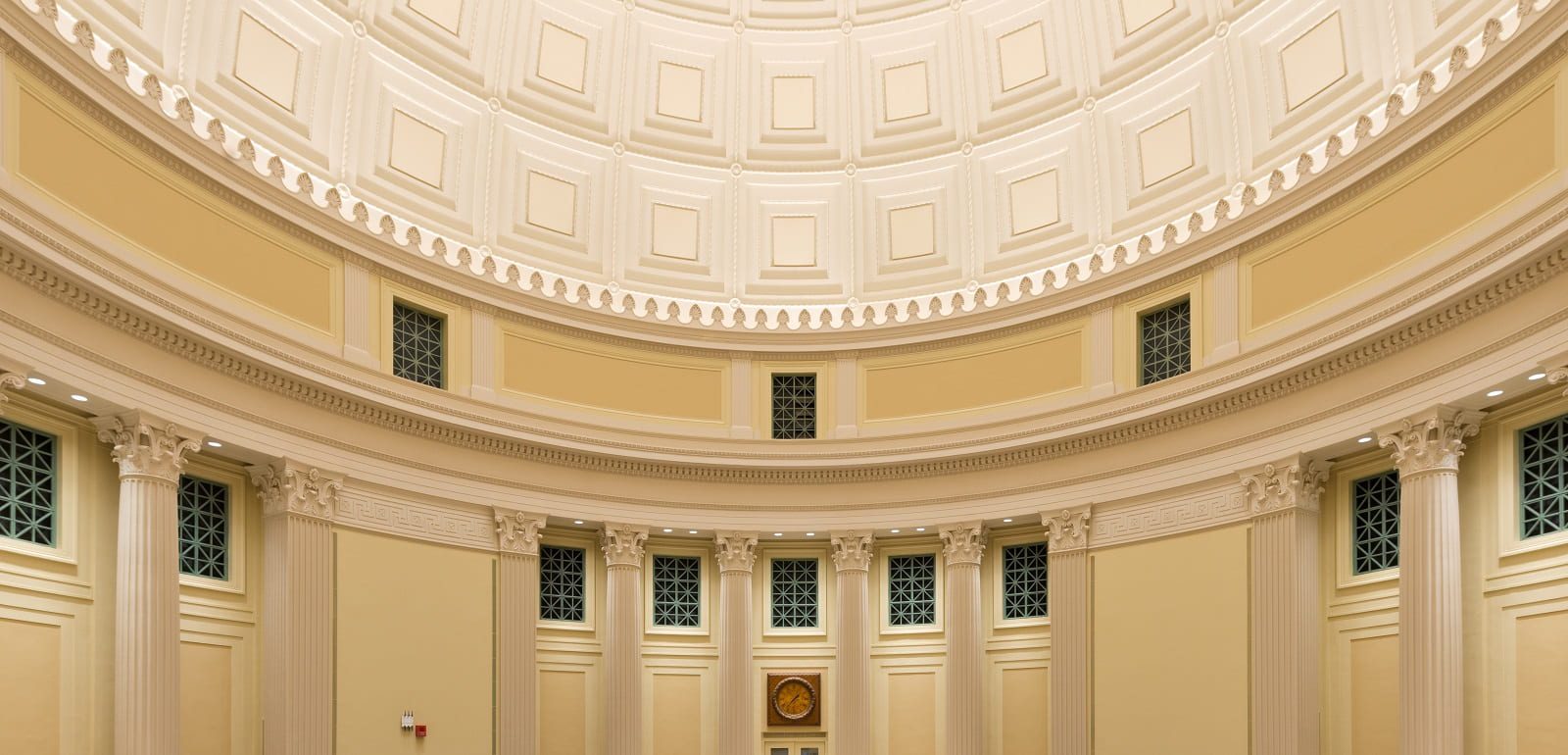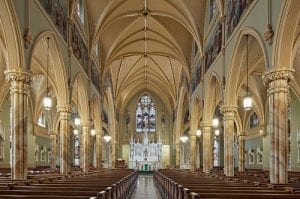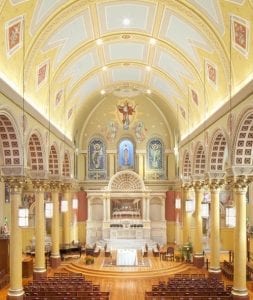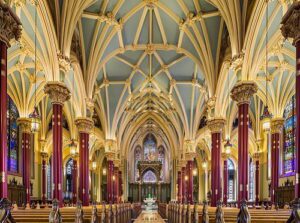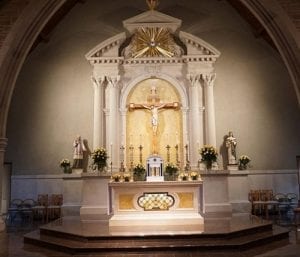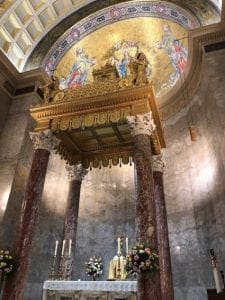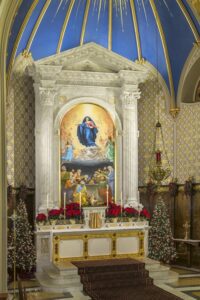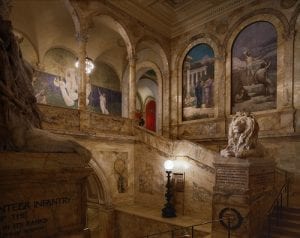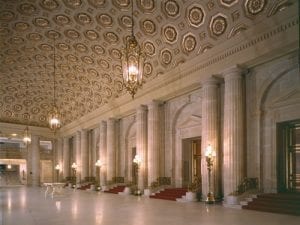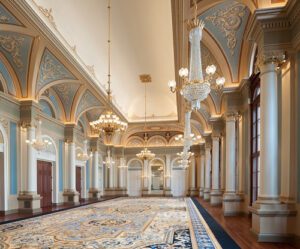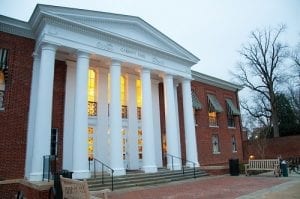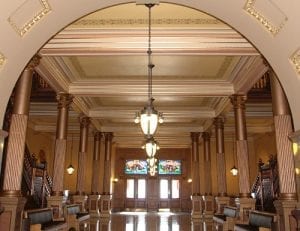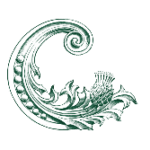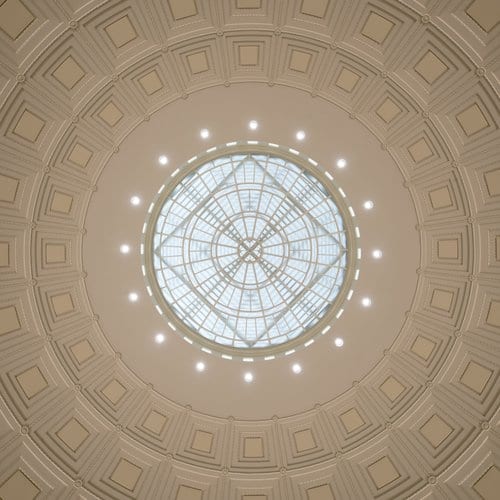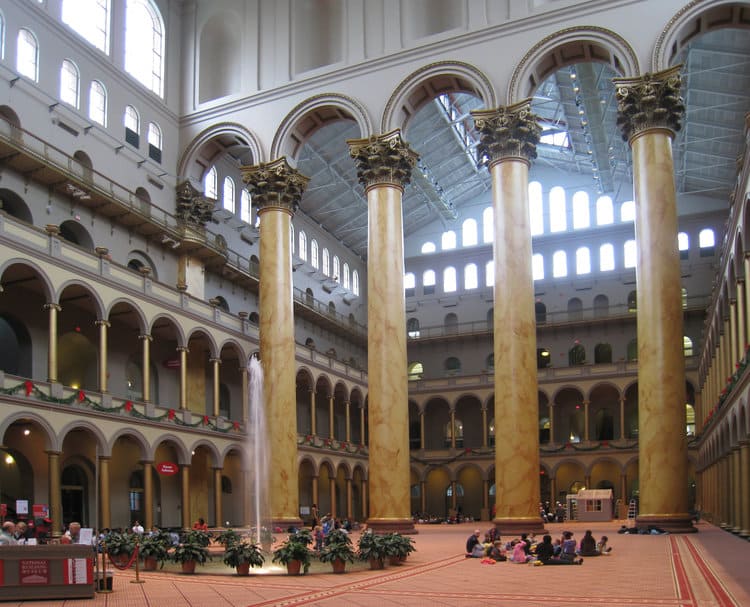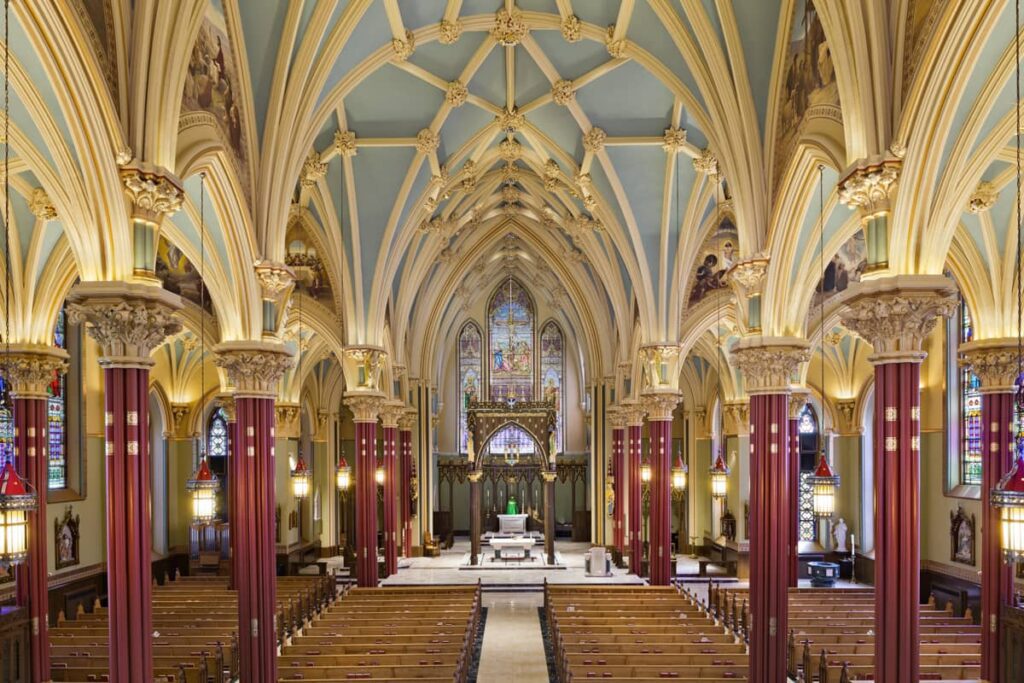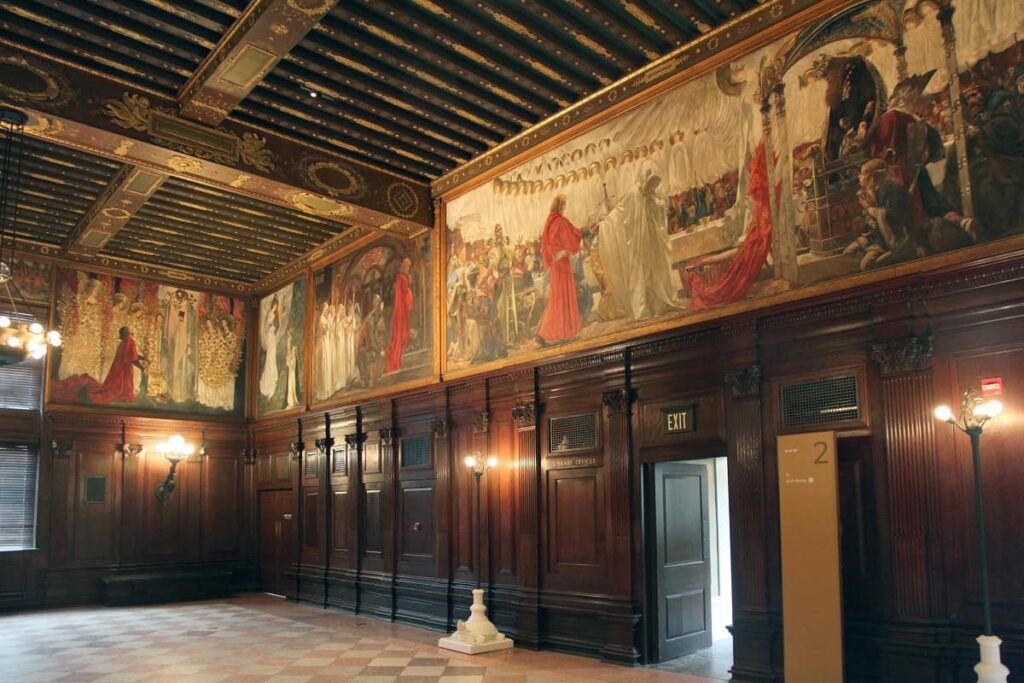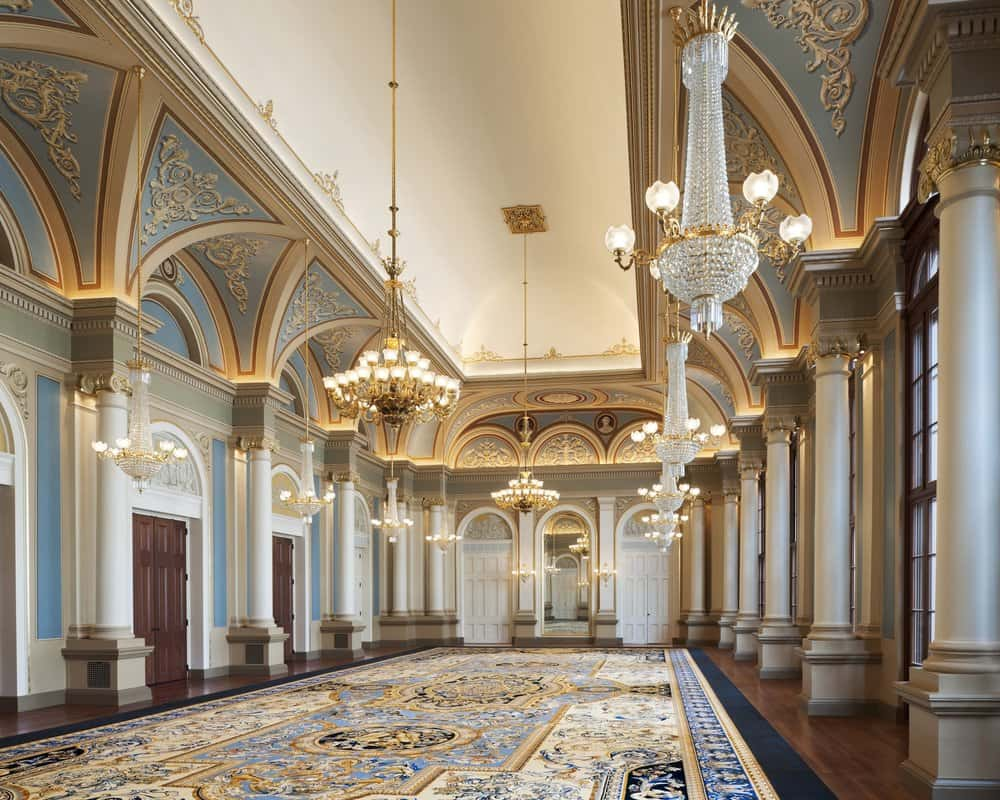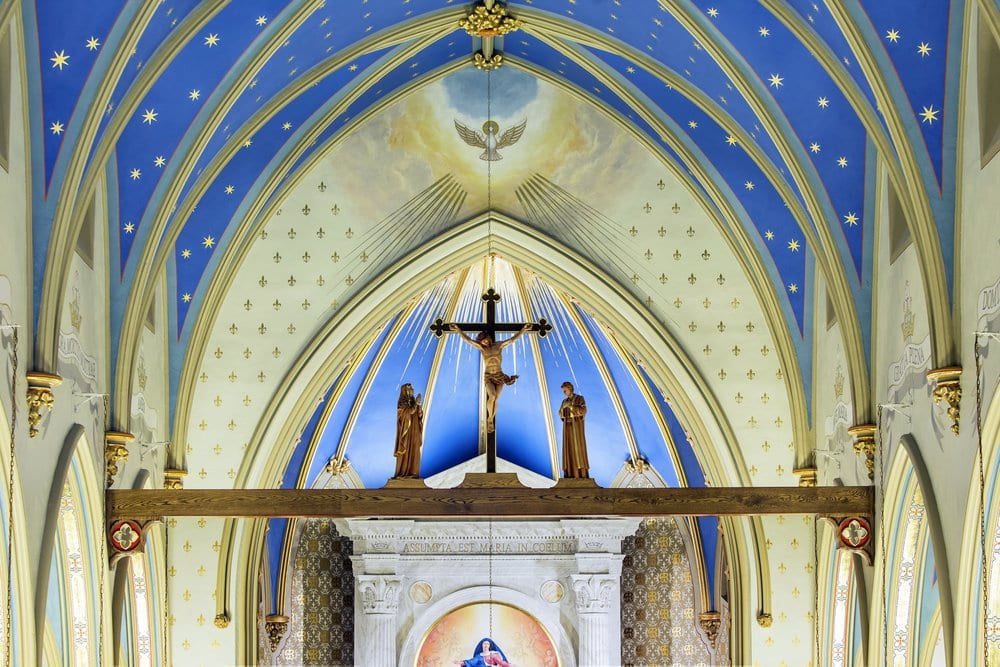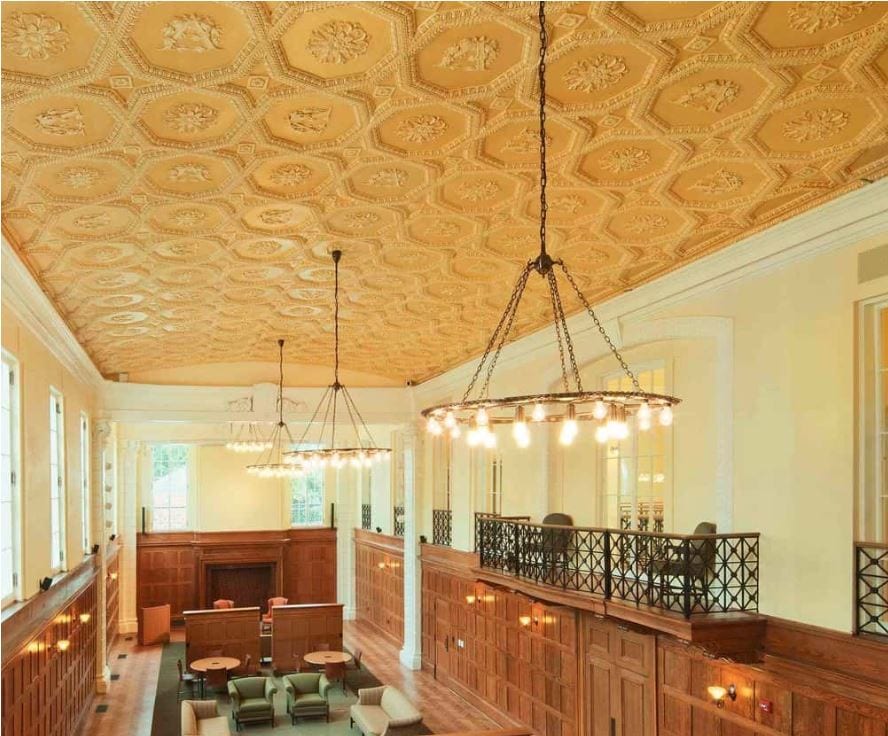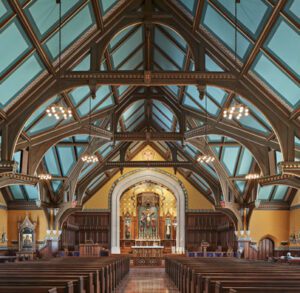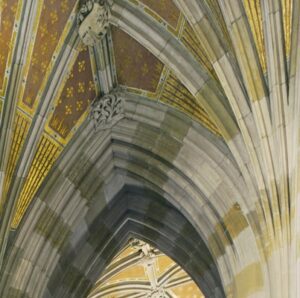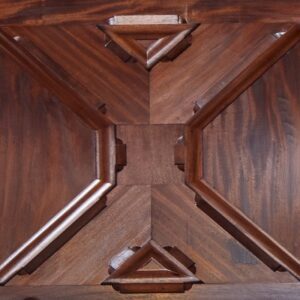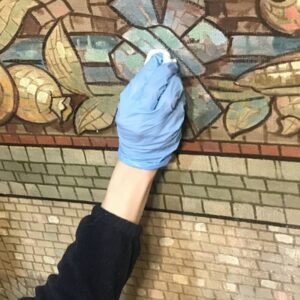The column is perhaps the most fundamental structure in classical architecture. It originated from a simple post and lintel system which has been used for thousands of years. A very early example of this system is the famous Stonehenge in Wiltshire, England dating back to as early as 3000 B.C. Since this ancient structure, the post and lintel system has become more and more elaborate, eventually developing into the order of columns which we have today. The Greek and Roman columns serve the practical purpose of holding a building erect, while simultaneously contributing abundant beauty and order.
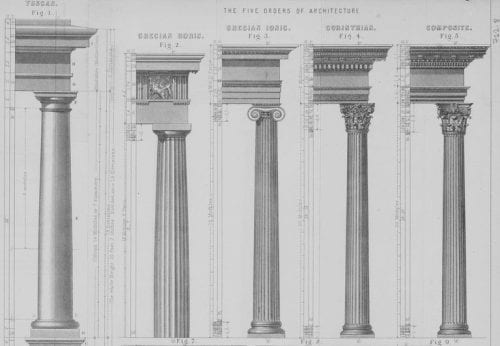
Five orders of columns in classical architecture
There are five orders of columns in classical architecture: Tuscan, Doric, Ionic, Corinthian, and Composite. They range from simple to complex in this order.
Tuscan
The Tuscan order is so called due to its origination in Tuscany, Italy, and is the simplest of the orders, one step up from the plane post and lentil system of Stonehenge. This is supported by the famous architect Andrea Palladio in the words, “The Tuscan order, according to what Vitruvius writes of it, and what it is in effect, is the plainest and most simple of all the Orders of Architecture because it retains more of the ancient simplicity of the first architects, who had not yet invented those ornaments that render the other orders so pleasant and so worthy of consideration.”[1]
Doric
The Doric order was established by the Dorians and is much like the simple Tuscan column with the addition of small elaborations such as the flutes running down the shaft.
Ionic
The Ionic order uses flutes from the Doric with the addition of volutes, which spiral in on either side of the capital like a nautilus. Palladio remarks that the temple of Diana at Ephesus was built with this order.
Corinthian
The Corinthian, originating from Corinth, and the Composite order are the most extravagant of all the others. According to legend, acanthus leaves which were left underneath a basket on a young girl’s grave started growing around and engulfing the basket. The appearance of this occurrence served as the inspiration for the Corinthian capital. Palladio calls this order, “more gentile, rich, and beautiful, than any of those I have yet discoursed upon.”[2]
Composite
The last of the orders, the Composite order, is a combination of Ionic and Corinthian; and although it is just as magnificent, this order is found less in classical architecture compared to the Corinthian.
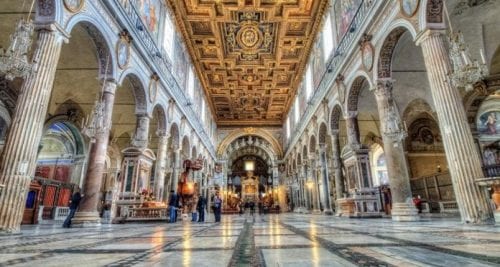
Basilica of Santa Maria, Rome
Thus, the column has developed throughout history from a simple post and lintel system to the complex Corinthian order. This is not to say, however, that those simple forms are not still used today. Church architects use the hierarchy in the order of columns to reflect the hierarchy of importance in the different parts of the church.
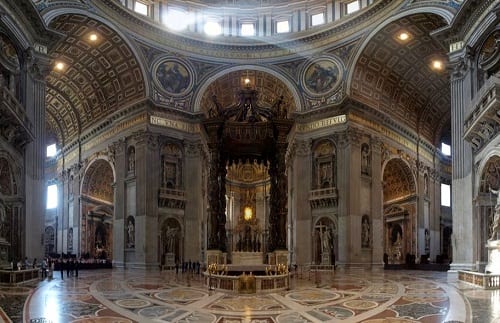
St. Peter’s Basilica Altar, Rome
In Catholic churches, this means all columns should be of an order that will direct the attention of the congregation to the tabernacle, which is the focus and purpose of the whole structure. The baldacchino, which is a canopy-type structure over the altar, is almost always supported by Corinthian columns, signifying the importance of the altar where the sacrifice of the mass takes place; The Basilica of St. Peters in Rome is a beautiful example of this. Some architects use a simpler order throughout the church and use the Corinthian order for the altar, to communicate a greater contrast of importance. The Basilica of Santa Maria in Rome uses the Ionic columns to line the aisle which terminate in the elaborate Corinthian columns of the baldacchino which mark the sacred altar. Ultimately, the orders of columns are used to direct the congregation in their earthly journey toward the adoration of the Blessed Sacrament which reflects their spiritual journey toward their ultimate end, namely Paradise.
Apart from religious structures, columns can be found in a number of other buildings including civic structures, libraries, theaters, and museums which follow the orders of columns. One example of a Library is the feature image of the MIT Barker Library.
Thus, basic columns in classical architecture have been developed over thousands of years into the five orders we have today. These not only contribute strength and beauty to a structure, but, through the hierarchy found in them, the orders of columns reflect the hierarchy of the structure as a whole.
[1] The Architecture of A. Palladio, in four books, Chapter XIV [2] The Architecture of A. Palladio, in four books, Chapter XVII
Some other examples of columns used in religious structures are pictures above. From Left to Right St. Patrick’s Parish-Lowell, MA; St. Cecelia Church-Boston, MA; Cathedral of St Patrick– Norwich, CT; St. Catherine of Siena– Trumbull, CT; Basilica of Immaculate Conception– Waterbury, CT; Saint Mary Roman Catholic Church– Norwalk, CT

